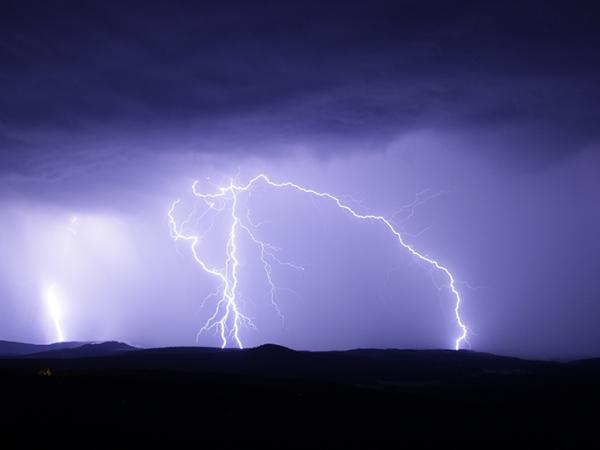| Study Dates | July 1, 2023 - July 30, 2023 |
|---|---|
| Season of Study | Boreal summer |
| Region | Florida, Gulf of Mexico, Central America, Caribbean Sea |
| Spatial Bounds | N: 32°N S: 5°N W: 105°W E: 70°W |
| Focus Areas | Weather |
| Geophysical Concepts | Atmospheric Electricity and Lightning Mesoscale Convection and Severe Weather |
| Scientific Topics | Lightning Terrestrial Gamma-Ray Flashes Gamma-Ray Glows Thunderstorms Thunderclouds Electric Field Electric Field Changes Radiation Atmospheric Electricity |



ALOFT
The Airborne Lightning Observatory for FEGS and TGFs (ALOFT) was a field investigation between NASA and the University of Bergen. The main goals of ALOFT were to observe terrestrial gamma-ray flashes (TGFs) and gamma-ray glows in thunderstorms and to help validate observations from the International Space Station Lightning Imaging Sensor (ISS LIS) and the Geostationary Lightning Mapper (GLM).
ALOFT consisted of one deployment using a NASA ER-2 aircraft equipped with several instruments to collect measurements of lightning and radiation within thunderstorms.
Note: DOIs for datasets will come as they are published.
Principal Investigator
Partners
Data Centers
Funding Programs
| Platform | Instrument(s) |
|---|---|
| Permanent Land Site | Very Low Frequency Receiver (VLF Receiver) Lightning Mapping Array (LMA) Electric Field Change Meter (EFCM) Very High Frequency Interferometer (VHF Interferometer) |
| ER-2 | Fly's Eye GLM Simulator (FEGS) Cloud Radar System (CRS) in Situ Thunderstorm Observer for Radiation Mechanism (iSTORM) Lightning Instrument Package (LIP) University of Bergen-Bismuth-Germanium-Oxide (UIB-BGO) ER-2 X-band Doppler Radar (EXRAD) Advanced Microwave Precipitation Radiometer (AMPR) Conical Scanning Submillimeter-wave Imaging Radiometer (CoSSIR) Electric Field Change Meter (EFCM) |
The following resources provide additional resources about the ALOFT project.